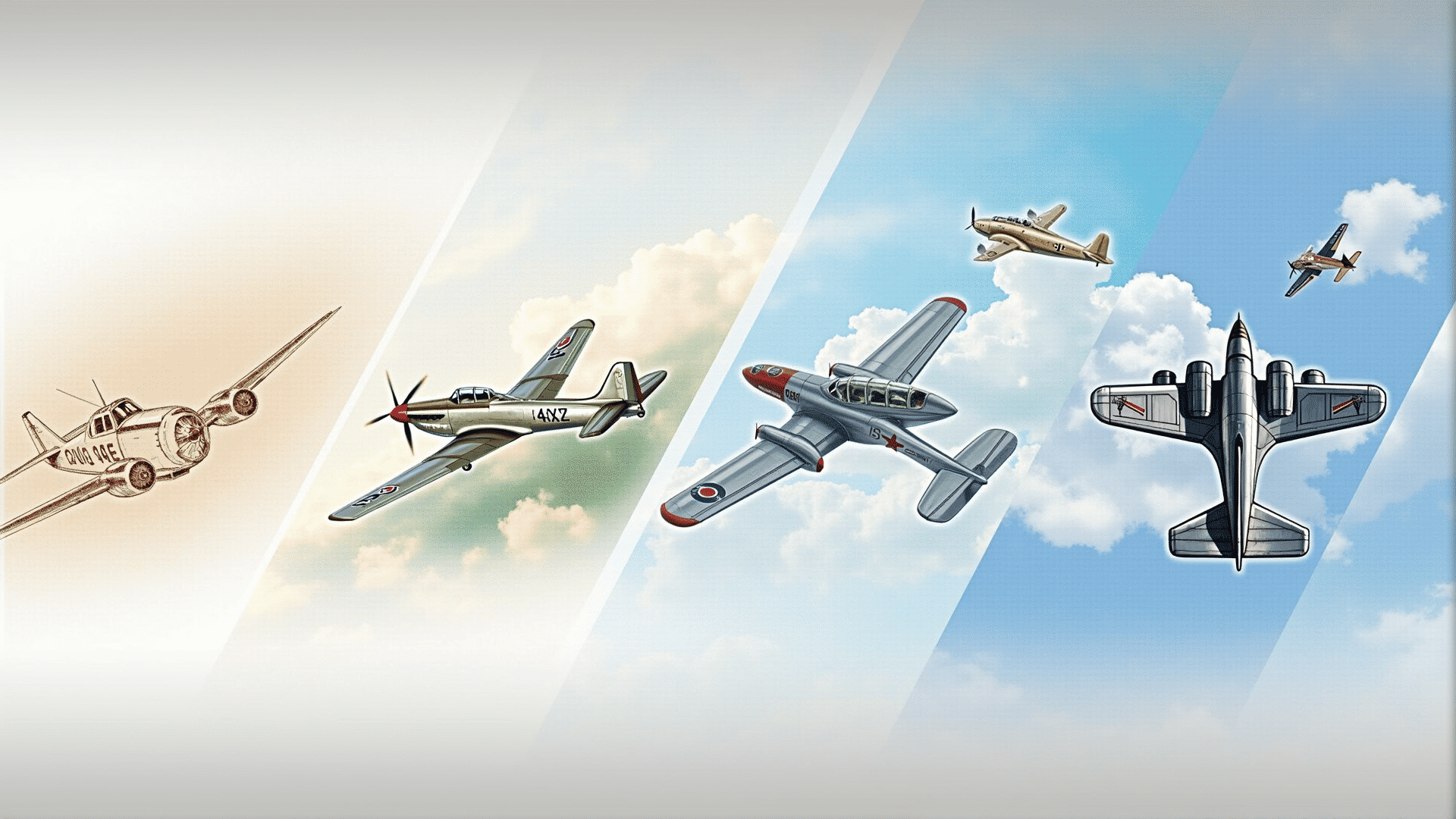Aviation art is a fascinating niche within the broader art world, one that captures the spirit of human innovation and the timeless allure of flight. This art form has undergone significant transformations over the years, evolving alongside advancements in aviation technology itself. From the romantic classic illustrations of early flight pioneers to the sleek and dynamic digital designs of today, aviation art continues to reflect our enduring fascination with the skies.
In the early days of aviation, art was a crucial medium for promoting and documenting the burgeoning field. The early 20th century, particularly during and after World War I, saw aviators being celebrated as heroes and adventurers. Artists of this era portrayed aircrafts as majestic conquerors of the sky, imbuing them with a sense of wonder and romance. These classic illustrations were often rendered in rich oils or intricate watercolors, showcasing not only the aircrafts but also dramatic skies and exotic landscapes, serving to inspire and captivate the public imagination.
As technology advanced, so did the techniques used in aviation art. During World War II, posters and illustrations played an essential role in propaganda efforts, highlighting the might of military aviation. Artists began to employ more realistic techniques such as photorealism, capturing the intricate details and power of warplanes. This period saw a shift from the romanticized imagery of early aviation to a more technical and precise representation of aircrafts.
The post-war period brought about a change in focus. Civil aviation boomed, and artists began to highlight the elegance and luxury of commercial air travel. The Jet Age of the 1950s and 60s, with iconic aircrafts like the Boeing 707 and the Concorde, inspired a wave of art that emphasized speed and sophistication. Artists used bright colors and streamlined shapes to convey the futuristic aura of this exciting new era.
As the digital age dawned, aviation art embraced new technologies and techniques. The advent of computer graphics and digital design has opened up endless possibilities for artists. Today, digital tools allow for more experimentation and precision, enabling artists to create stunningly realistic images and animations. This digital revolution has also democratized the creation of aviation art, allowing a broader spectrum of artists to engage with the medium without the need for traditional materials or studios.
Modern aviation art embraces a wide array of styles and subjects, from hyper-realistic digital paintings that capture every rivet and panel of an aircraft, to abstract compositions that focus on the emotion and experience of flight. Digital platforms have also created new opportunities for exposure and interaction, allowing artists to share their work with global audiences and participate in online communities dedicated to aviation art.
Despite the evolution in style and technique, the core appeal of aviation art remains unchanged: it continues to capture the beauty, power, and spirit of flight. As long as humanity looks to the skies, aviation art will remain a vital and evolving expression of our dreams and technological achievements. Through it, history is not only documented but also celebrated, allowing us to envision the future of flight while remembering its storied past.
